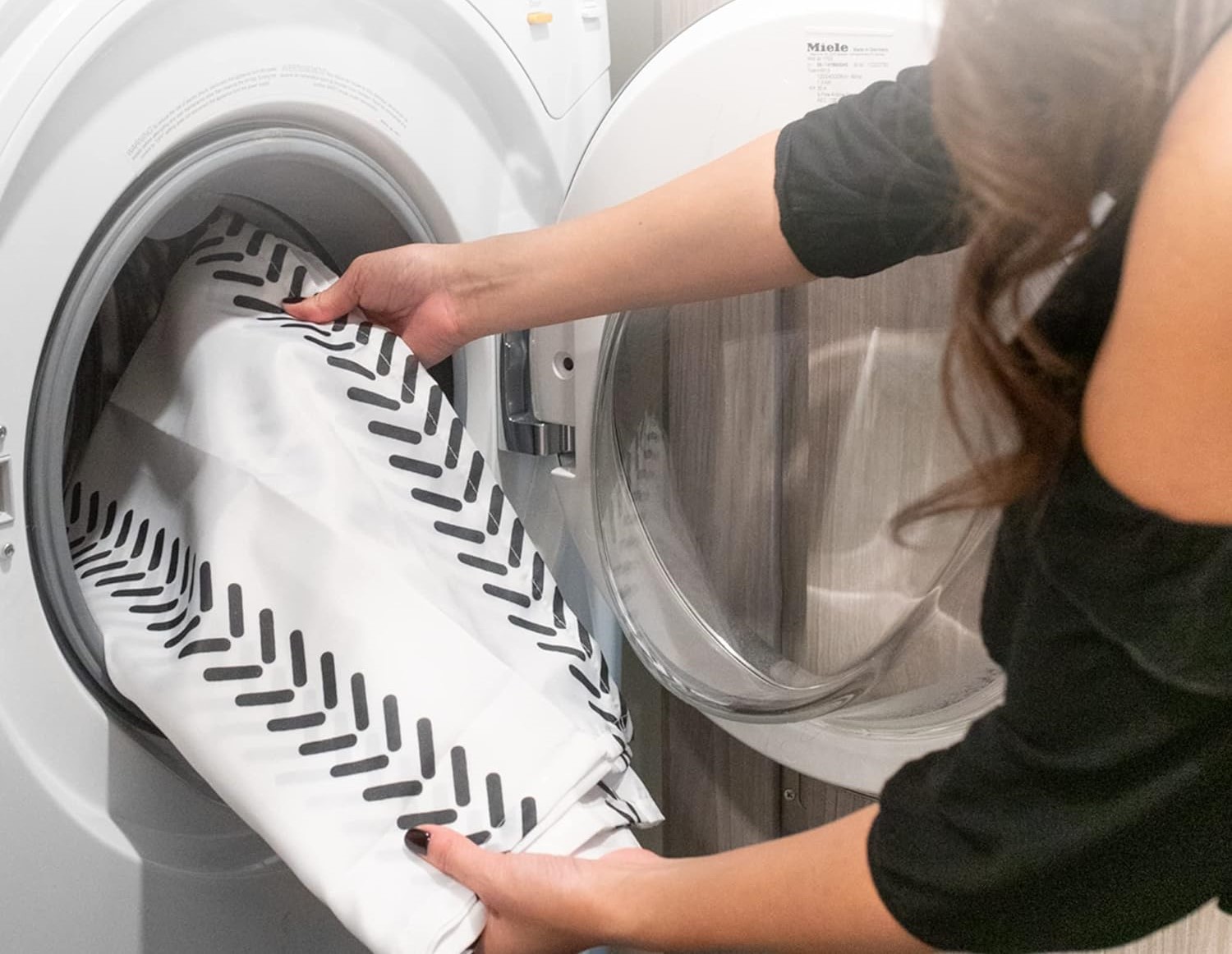

Articles
How Often To Wash Curtains
Modified: October 20, 2024
Discover the best practices for washing curtains and keeping them fresh. Get expert advice and tips in this helpful articles guide.
(Many of the links in this article redirect to a specific reviewed product. Your purchase of these products through affiliate links helps to generate commission for Storables.com, at no extra cost. Learn more)
Introduction
Curtains are an essential part of any home decor. They not only add beauty and style to a room but also serve practical purposes such as providing privacy, blocking sunlight, and insulating against outside noise. However, over time, curtains can accumulate dust, dirt, and other pollutants, making regular cleaning necessary to maintain their appearance and functionality. In this article, we will explore how often you should wash your curtains, taking into account factors such as fabric type, usage, and environmental conditions.
When it comes to determining the frequency of washing curtains, there is no one-size-fits-all answer. The ideal washing schedule will depend on various factors, including the type of fabric, the location of the curtains, and the level of exposure to dust and pollutants. By understanding these factors, you can keep your curtains fresh, clean, and in good condition for years to come.
Before we delve into the specifics, it’s important to know the different types of curtains that you may have in your home. This knowledge will help you understand their unique cleaning requirements and tailor your cleaning routine accordingly. Let’s take a look at some common types of curtains:
Key Takeaways:
- Regularly assess your curtains’ condition and consider factors like fabric type, usage, and environmental exposure to determine the ideal cleaning frequency and maintain their appearance and functionality.
- Follow general guidelines for washing, drying, and ironing curtains to effectively clean and preserve their quality, ensuring they remain fresh, clean, and attractive for years to come.
Read more: How Often To Wash A Shower Curtain
Factors to Consider
When determining how often to wash your curtains, there are several factors you should take into consideration. These factors can help you gauge the level of dirt, dust, and odor accumulation, and establish a suitable cleaning schedule. Here are the key factors to consider:
- Fabric Type: The type of fabric your curtains are made of plays a significant role in determining their cleaning needs. Delicate fabrics such as silk or velvet may require more gentle handling and less frequent washing, while sturdy fabrics like cotton or polyester can withstand more frequent washing.
- Usage: Curtains in high-traffic areas or rooms that are frequently used, such as the living room or kitchen, may accumulate more dirt and stains. In such cases, they may need more frequent washing compared to curtains in less-used spaces.
- Location: Curtains exposed to outdoor elements, such as those near open windows or patio doors, are more likely to collect dust and pollutants. These curtains may require more frequent cleaning compared to curtains in interior spaces.
- Pets and Allergies: If you have pets or suffer from allergies, the frequency of washing your curtains may need to be increased. Pet hair, dander, and allergens can cling to the fabric, causing odor and potential health concerns.
- Environmental Conditions: The overall cleanliness of your living environment can also impact how often you should wash your curtains. Homes located in dusty areas or near industrial zones may require more frequent cleaning to keep the curtains looking fresh and free from pollutants.
By considering these factors, you can determine a suitable cleaning schedule that aligns with your curtain’s specific needs. It’s important to remember that these factors are not exclusive, and a combination of them may influence your cleaning routine.
Types of Curtains
Curtains come in a wide variety of styles, fabrics, and designs, each with its own unique cleaning requirements. Knowing the type of curtain you have is essential in determining the appropriate cleaning method and frequency. Here are some common types of curtains:
- Cotton Curtains: Cotton curtains are popular due to their durability and versatility. They are relatively easy to care for and can be machine-washed in cold or warm water.
- Sheer Curtains: Sheer curtains are made from lightweight and transparent fabrics such as voile or chiffon. They add a delicate touch to any room and require gentle handling. Most sheer curtains can be machine-washed on a delicate cycle or hand-washed.
- Lace Curtains: Lace curtains are known for their intricate patterns and delicate fabric. They should be hand-washed or machine-washed on a gentle cycle using a laundry bag to protect the delicate fabric from snagging.
- Velvet Curtains: Velvet curtains exude luxury and elegance but require special care. It is recommended to dry clean velvet curtains to preserve their texture and appearance.
- Silk Curtains: Silk curtains are delicate and luxurious, requiring extra care during cleaning. It is best to follow the manufacturer’s care instructions, but in general, silk curtains should be dry cleaned to avoid damage.
- Blackout Curtains: Blackout curtains are designed to block out light and offer privacy. They are typically made with multiple layers of tightly woven fabric. Most blackout curtains can be machine-washed, but it’s essential to check the care label for specific instructions.
These are just a few examples of the many curtain types available. It’s important to check the care instructions provided by the manufacturer for your specific type of curtain, as different fabrics may have unique requirements.
Now that you have an understanding of the factors to consider when deciding how often to wash your curtains and the different types of curtains, let’s delve into some general guidelines for washing curtains.
General Guidelines for Washing Curtains
When it comes to washing curtains, following some general guidelines can help ensure that you clean them effectively while preserving their quality and longevity. Here are some essential tips to keep in mind:
- Read the Care Instructions: Before washing your curtains, always check the care label or manufacturer’s instructions. They will provide specific guidelines for cleaning that are tailored to the fabric type, ensuring the best results and preventing any damage.
- Pre-Treat Stains: If your curtains have any stains, it’s a good idea to pre-treat them before washing. Use a stain remover or a mixture of mild detergent and water to gently dab at the stain. Let it sit for a few minutes before proceeding to wash.
- Clean Hardware: Before removing your curtains from the rod, take the time to clean the curtain rods or hooks. Dust and dirt can accumulate on them over time, which can transfer back onto fresh, clean curtains.
- Check for Repairs: Before washing, inspect your curtains for any loose threads, tears, or other damages. Repair any small issues before washing to prevent them from becoming bigger problems.
- Use Gentle Detergent: While some curtains can handle regular laundry detergent, it’s generally recommended to use a mild, gentle detergent for washing curtains. This helps preserve the fabric’s color and texture.
- Consider Hand-Washing: For delicate or fragile curtains, hand-washing is often the safest option. Fill a basin or sink with lukewarm water and mild detergent, gently agitate the curtains, and rinse thoroughly.
- Machine-Wash with Care: If machine-washing is suitable for your curtains, select a gentle cycle and use a laundry bag or pillowcase to protect them from snagging or tearing. Wash similar colors together and avoid overloading the machine.
- Avoid Hot Water: Hot water can cause shrinking or fading of curtains, so it’s best to use cold or lukewarm water for most fabric types.
- Air Dry Whenever Possible: Most curtains are best air-dried to prevent shrinkage or damage. Hang them back on the rod while still slightly damp to allow them to naturally regain their shape.
By following these general guidelines, you can effectively wash your curtains and maintain their appearance and quality for years to come. However, it’s important to note that different curtain types may have specific care requirements, so always refer to the manufacturer’s instructions when in doubt.
Now that you have a good understanding of how to wash curtains, let’s explore how often you should actually be cleaning them.
Frequency of Washing Curtains
The frequency at which you should wash your curtains will depend on various factors, including the type of fabric, usage, and environmental conditions. While there is no set rule for how often you should clean your curtains, here are some general guidelines to help you determine a suitable cleaning schedule:
- Every 3-6 Months: For most curtains in normal household conditions, washing every 3-6 months is a good starting point. This frequency allows you to remove dust, dirt, and allergens, keeping your curtains fresh and clean.
- High-Traffic Areas: If your curtains are in high-traffic areas, such as the living room or kitchen, they may require more frequent washing. These areas tend to accumulate more dirt and stains, so washing them every 2-3 months may be necessary.
- Pets and Allergies: If you have pets or suffer from allergies, it’s recommended to wash your curtains more frequently. Pet hair, dander, and allergens can cling to the fabric, causing odor and potential health concerns. In these cases, washing every 1-2 months may be beneficial.
- Outdoor Exposure: Curtains that are frequently exposed to outdoor elements, such as those near open windows or patio doors, may require more frequent cleaning. Dust and pollutants from outside can accumulate on the fabric, so washing every 2-3 months can help keep them clean.
- Seasonal Considerations: Consider washing your curtains at the start of each season or when you do a deep cleaning of your home. This helps refresh the curtains and maintain a clean living environment.
It’s important to remember that these are general guidelines, and you should adjust the cleaning frequency based on your specific circumstances. Regularly inspect your curtains for signs of dirt, stains, or odors, and use your judgment to decide when it’s time for a wash.
Now that you have an idea of how often to wash your curtains, let’s explore some signs that indicate your curtains need cleaning.
It is recommended to wash curtains every 3-6 months to remove dust, allergens, and odors. However, if you live in a dusty area or have pets, more frequent washing may be necessary.
Read more: How Often To Drain A Washing Machine
Signs that Your Curtains Need Washing
Knowing when your curtains need washing is crucial to maintain their cleanliness and appearance. While there is no hard and fast rule for when to wash curtains, there are some signs that indicate it’s time for a cleaning. Here are a few signs to watch out for:
- Dust Build-Up: If you notice a visible layer of dust on your curtains, especially in areas where sunlight illuminates the fabric, it’s a clear sign that they need cleaning. Dust can accumulate over time and affect both the appearance and air quality of your home.
- Stains: Obvious stains or discoloration on your curtains are a clear indication that they require immediate attention. Whether it’s food stains, pet stains, or other spills, washing the curtains promptly can help prevent the stains from setting in permanently.
- Odor Accumulation: Curtains can absorb odors from cooking, smoking, or general everyday activities. If your curtains start to emit a noticeable odor, it’s a sign that they need a thorough wash to eliminate the odor and freshen up the fabric.
- Allergies or Respiratory Issues: If you or your family members start experiencing increased allergies or respiratory issues, dirty curtains could be a contributing factor. Dust, pollen, pet dander, and other allergens can collect on the fabric and trigger allergic reactions. Washing the curtains can help alleviate these symptoms.
- Fading or Discoloration: Sunlight can gradually fade the color of curtains, especially if they are exposed to direct sunlight for prolonged periods. If you notice significant fading or discoloration, it’s a sign that your curtains need cleaning to restore their original vibrancy.
Keep in mind that the presence of any one of these signs doesn’t necessarily mean your curtains are extremely dirty. However, it does indicate that they could benefit from a thorough washing. Regularly inspect your curtains for these signs and use your judgment to decide when it’s time to clean them.
Now that you are aware of the signs that indicate your curtains need washing, let’s explore some helpful tips for washing curtains effectively.
Tips for Washing Curtains
When it comes to washing curtains, a few tips can ensure that you achieve the best results while preserving the quality of the fabric. Here are some helpful tips to keep in mind:
- Read the Care Instructions: Always review the care label or manufacturer’s instructions before washing your curtains. This will provide you with specific guidelines for cleaning, including recommended washing temperatures, detergents, and other important instructions.
- Test for Colorfastness: Before washing your curtains, especially if they are made of vibrant or delicate colors, it’s a good idea to test for colorfastness. Dampen a small, inconspicuous area of the fabric and blot it with a white cloth to see if any color transfers. If there is no color transfer, it is safe to proceed with washing.
- Separate Curtains by Color: To prevent color bleeding or transfer, separate your curtains by color before washing. Wash similar colors together to avoid any color mishaps.
- Use a Mild Detergent: For most curtains, a mild detergent is sufficient to clean them effectively without causing damage. Avoid using harsh detergents or bleaching agents, as they can weaken the fabric or fade the colors.
- Follow Recommended Water Temperature: Pay attention to the recommended water temperature mentioned in the care instructions. In general, it’s advisable to use cold or lukewarm water for washing curtains, as hot water can cause shrinking or fading.
- Use the Gentle Cycle: If machine-washing is suitable for your curtains, select the gentle cycle to minimize the risk of damage. Additionally, consider using a laundry bag or pillowcase to protect the curtains from getting caught or snagged in the machine.
- Avoid Overloading the Machine: Overloading the washing machine can prevent proper cleaning and rinsing of the curtains. Make sure to leave enough space for the curtains to move and agitate freely.
- Air Dry or Tumble Dry on Low: For most curtains, air drying is recommended to prevent shrinkage and maintain their shape. If tumble drying is permissible, use the low heat setting to prevent damage and ensure that the fabric doesn’t become excessively wrinkled.
- Iron or Steam as Needed: Once your curtains are dry, you may find that they require a bit of touch-up. Use a cool iron or a steamer to remove any remaining wrinkles, but be sure to check the fabric care instructions to determine the appropriate heat level.
By following these tips, you can ensure that your curtains are washed effectively without compromising their quality. Always refer to the specific care instructions for your curtains to ensure the best cleaning results.
Now that you have a good understanding of how to wash your curtains, let’s explore the drying and ironing techniques to help you achieve a finished look.
Drying and Ironing Curtains
After washing your curtains, proper drying and ironing techniques can help ensure they look their best and maintain their shape. Here are some tips for drying and ironing curtains:
- Air Drying: Air drying is the preferred method for most curtains to prevent shrinkage and maintain their original shape. Hang your curtains back on the rod while they are still slightly damp. This allows them to naturally regain their shape as they dry.
- Tumble Drying: If your curtains are labeled as tumble dry-friendly, you can use a dryer on a low heat setting to speed up the drying process. Remove the curtains from the dryer while they are still slightly damp to prevent over-drying and excessive wrinkling.
- Avoid Direct Sunlight: When drying curtains outdoors, it’s best to avoid direct sunlight. Sunlight can cause curtains to fade or become discolored over time. Choose a shaded area or hang them inside out to minimize sun exposure.
- Ironing: If your curtains require ironing to remove wrinkles or creases, use a cool iron setting. Check the fabric care instructions to determine the appropriate heat level for ironing. Iron the curtains on the reverse side or use a pressing cloth to avoid direct contact between the iron and the fabric.
- Steam Iron or Steamer: Alternatively, you can use a steam iron or steamer to remove wrinkles from your curtains. Hold the iron or steamer a few inches away from the fabric and gently glide it over the curtains, allowing the steam to relax the wrinkles. Be cautious around delicate fabrics to prevent damage.
- Iron in Sections: To ensure thorough ironing, divide your curtains into smaller sections and work on them one at a time. This allows you to give focused attention to each area and achieve a more polished look.
- Hang Curtains Properly: Once your curtains are dry and ironed, hang them back on the rod with care. Ensure they are evenly spaced and hanging straight, giving your windows an attractive and finished appearance.
Remember to always refer to the specific care instructions provided by the manufacturer for your curtains. This ensures that you follow the recommended drying and ironing methods to avoid any damage to the fabric.
Now that we have covered the essential tips for drying and ironing curtains, let’s summarize the key points.
Conclusion
Washing your curtains regularly is essential to maintain their cleanliness, appearance, and functionality. By considering factors such as fabric type, usage, and environmental conditions, you can determine how often you should clean your curtains. It’s important to pay attention to signs such as dust build-up, stains, odors, and fading, as these indicate that your curtains need washing.
When washing your curtains, it’s crucial to follow some general guidelines to ensure effective cleaning while preserving the fabric’s quality. Make sure to read the care instructions, pre-treat stains, clean the hardware, and separate curtains by color. Using a mild detergent, following the recommended water temperature, and choosing the appropriate washing method (machine-washing or hand-washing) are also important considerations.
After washing, proper drying techniques, such as air drying or tumble-drying on a low heat setting, can help maintain the shape and prevent shrinkage. If ironing is necessary to remove wrinkles, use a cool iron or a steamer with caution, and follow the fabric’s care instructions to prevent any damage.
By following these tips and guidelines for washing, drying, and ironing your curtains, you can keep them looking fresh, clean, and attractive for years to come. Remember to always refer to the specific care instructions provided by the manufacturer for your curtains to ensure the best cleaning and maintenance practices.
So, take the time to assess the condition of your curtains, determine the ideal cleaning frequency, and establish a routine that keeps your curtains in their best shape. With proper care and maintenance, your curtains will continue to enhance the beauty and functionality of your home.
Frequently Asked Questions about How Often To Wash Curtains
Was this page helpful?
At Storables.com, we guarantee accurate and reliable information. Our content, validated by Expert Board Contributors, is crafted following stringent Editorial Policies. We're committed to providing you with well-researched, expert-backed insights for all your informational needs.

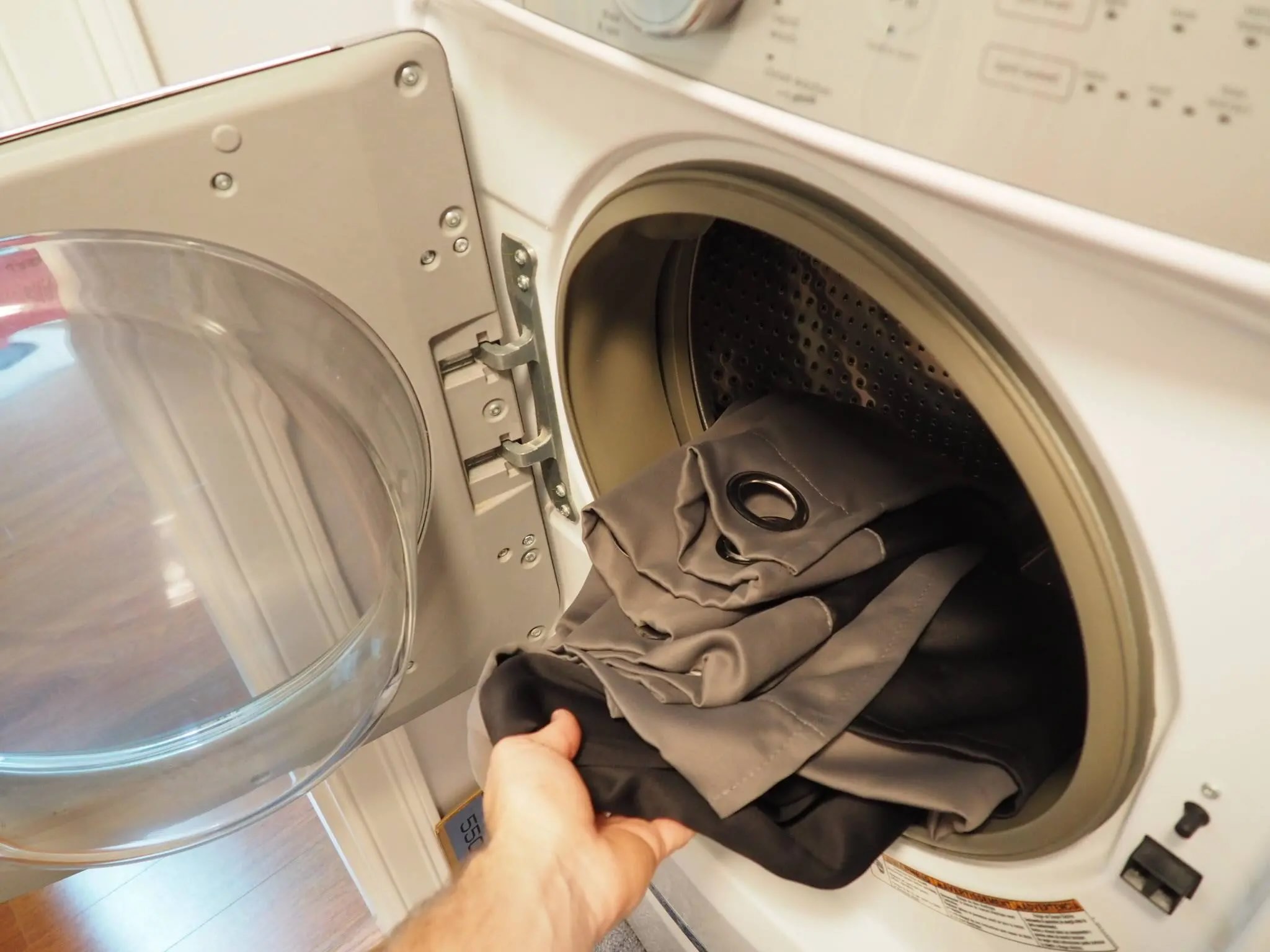
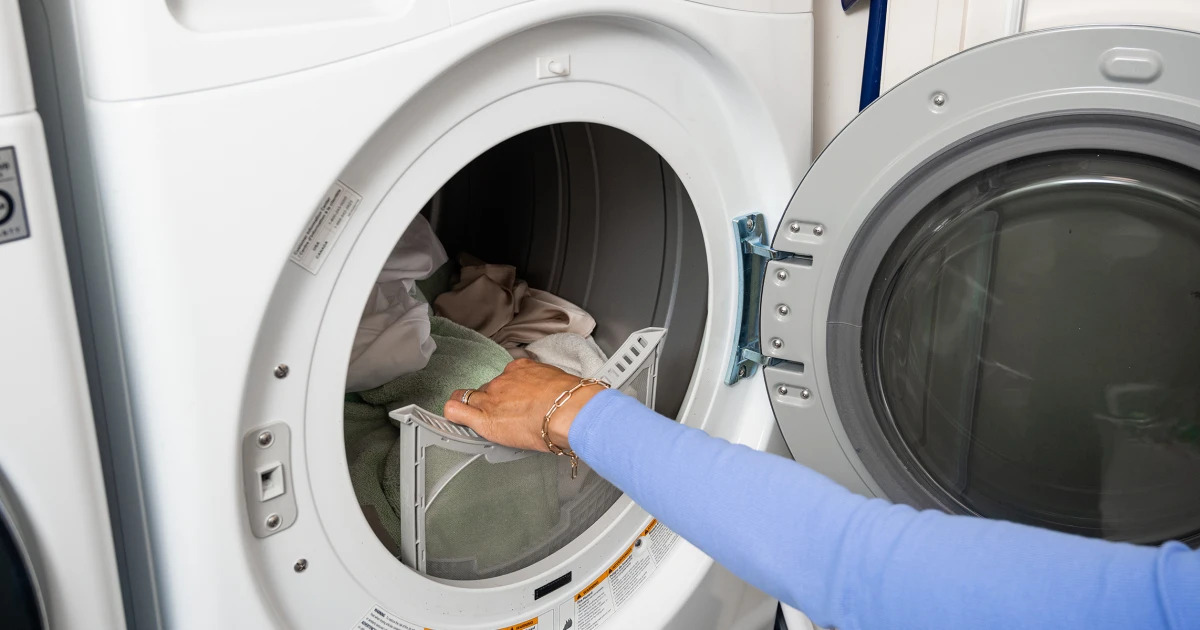
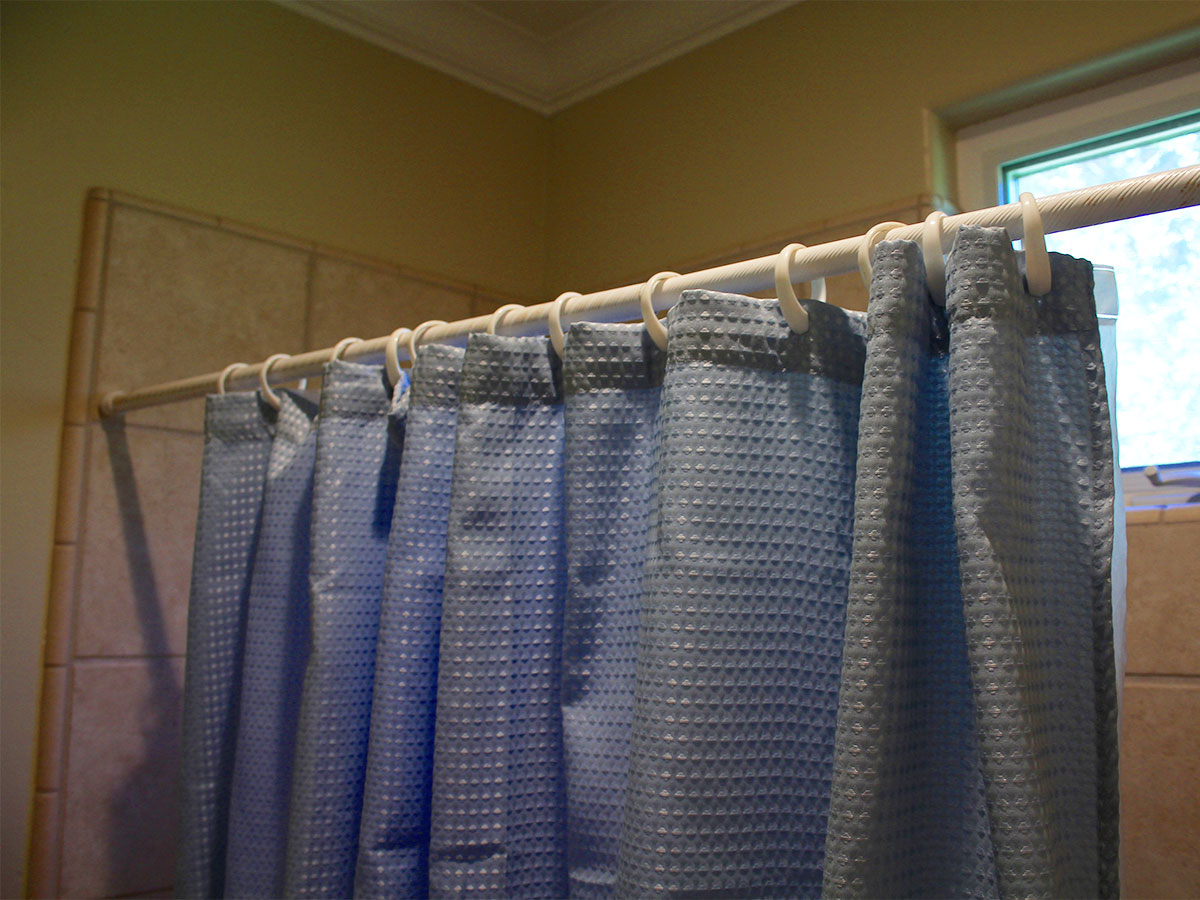
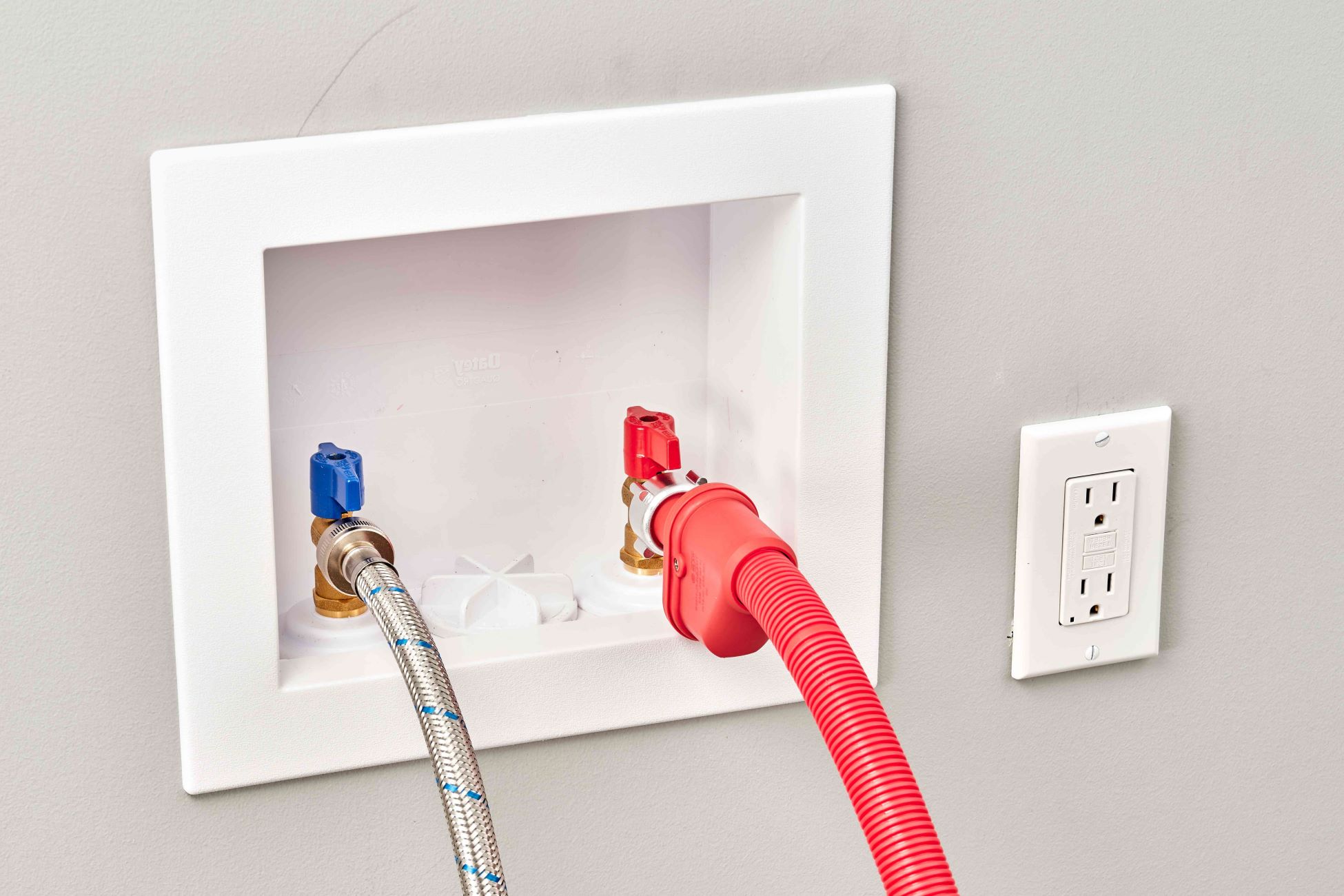
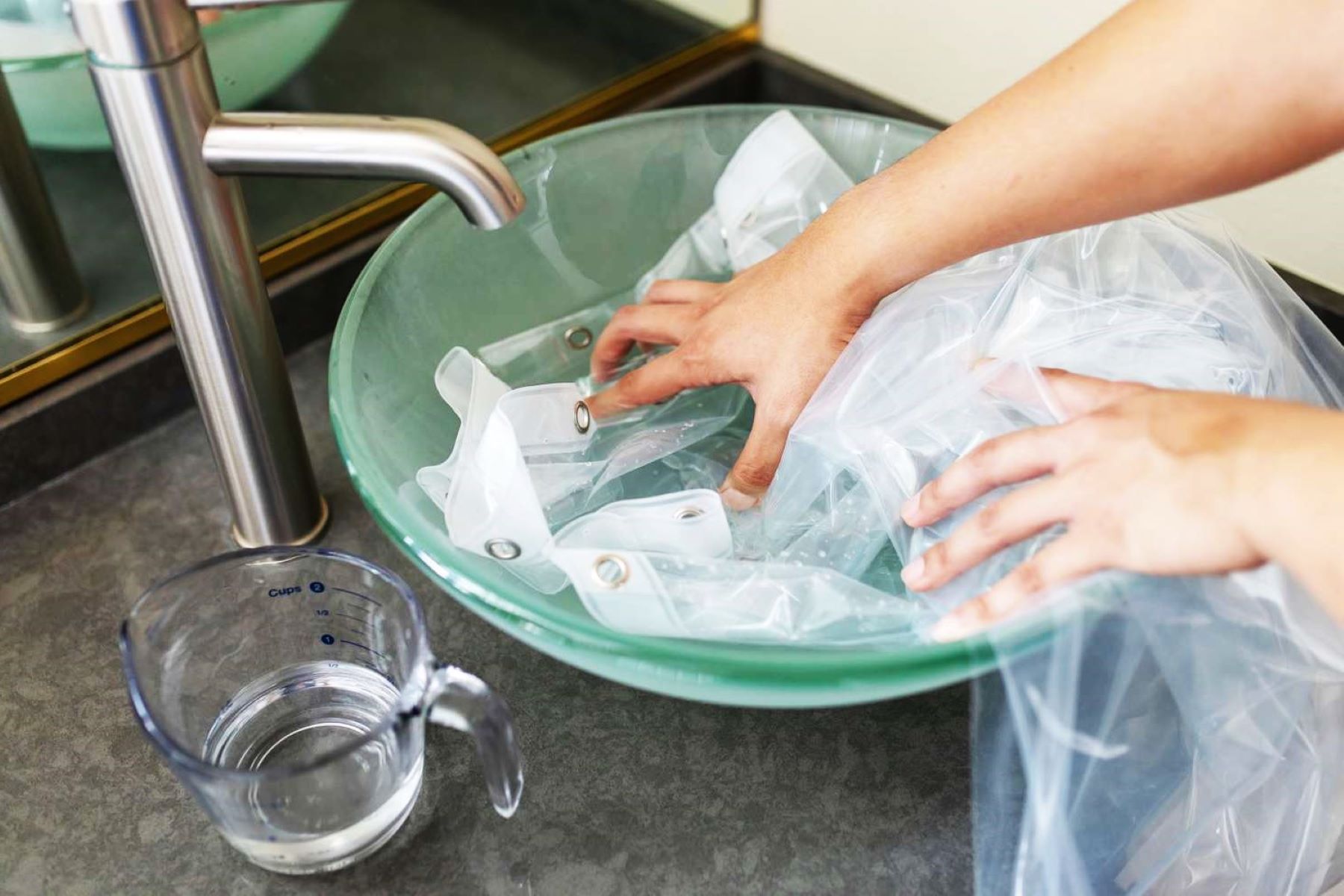
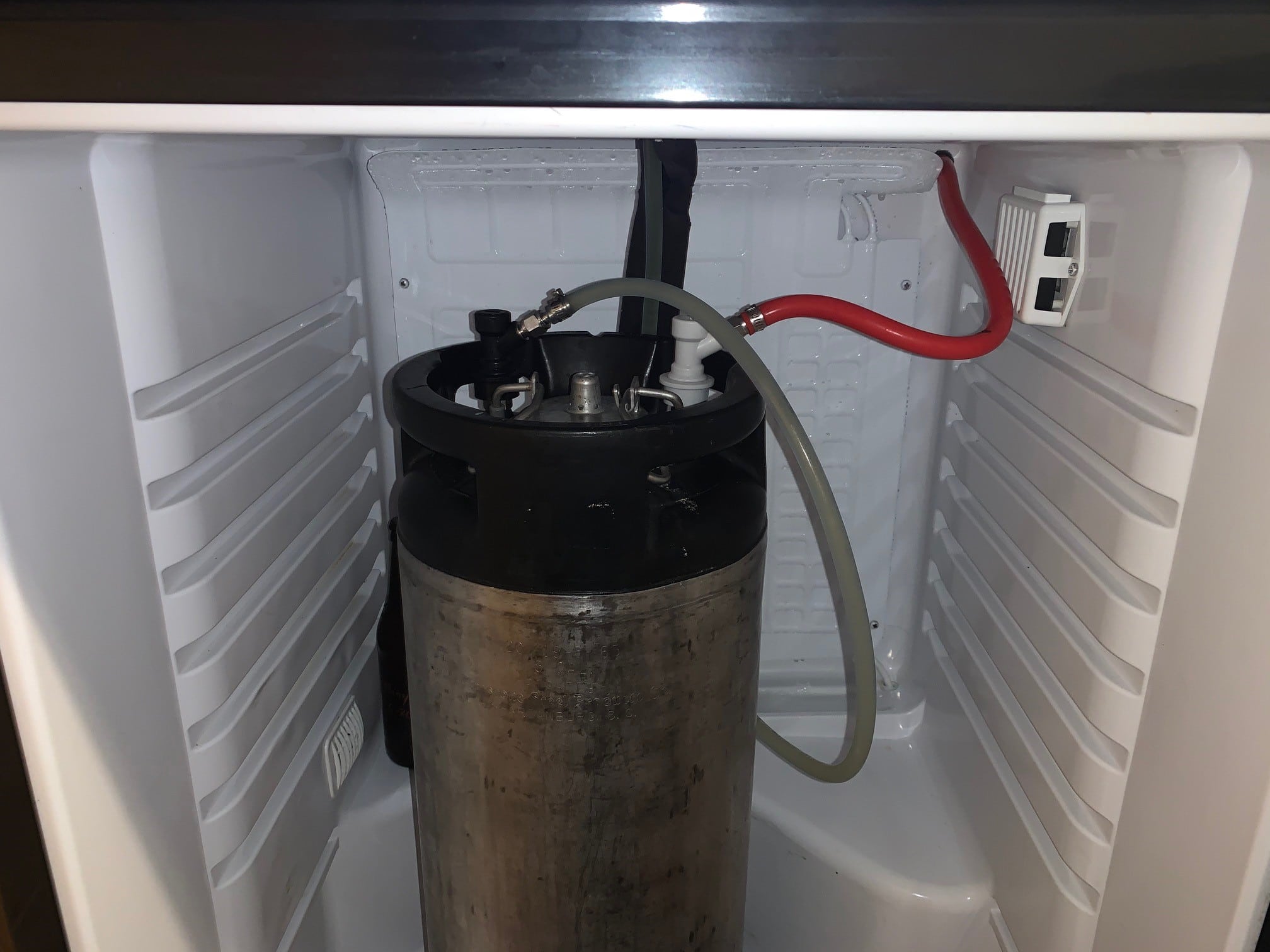

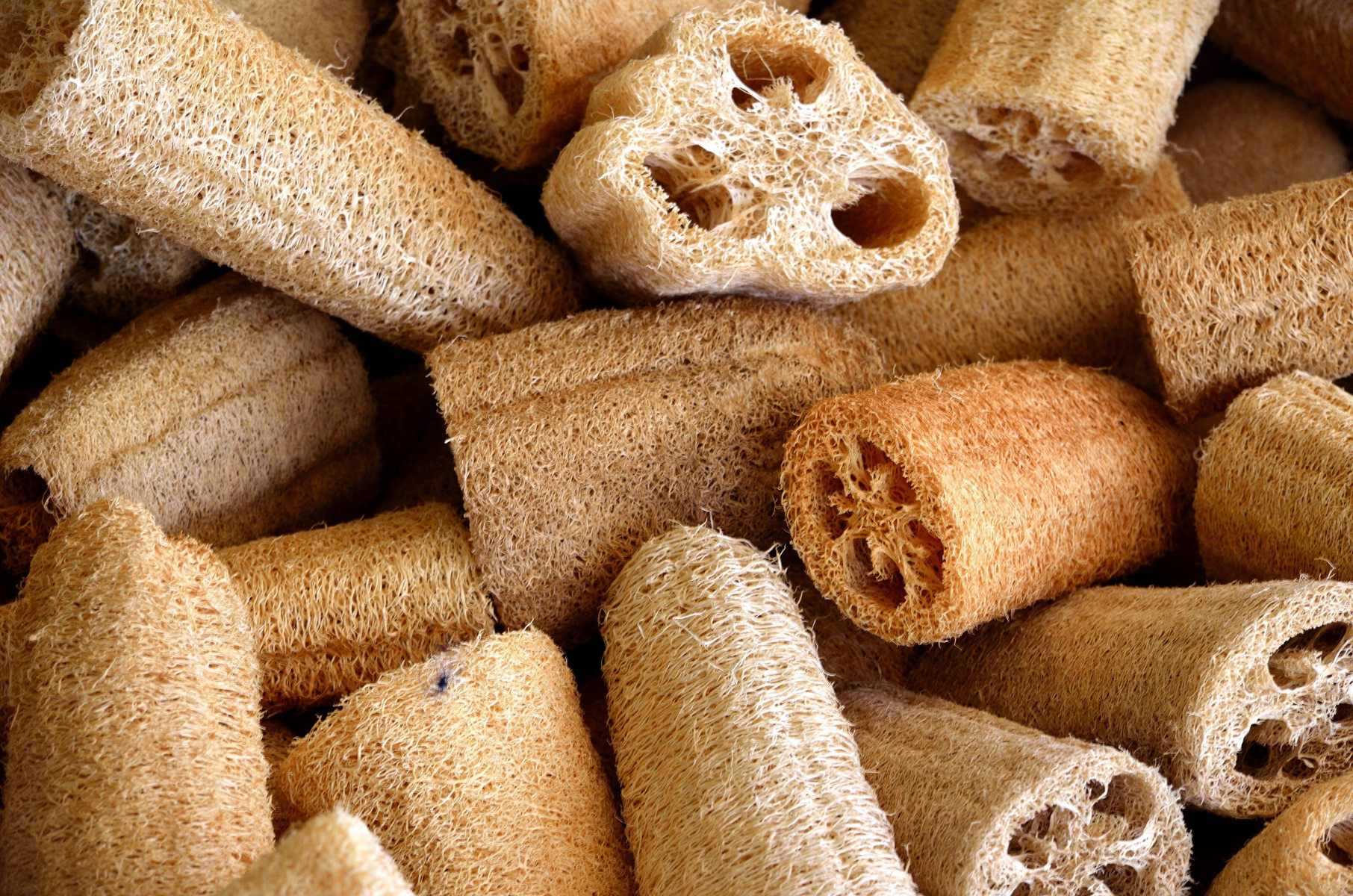
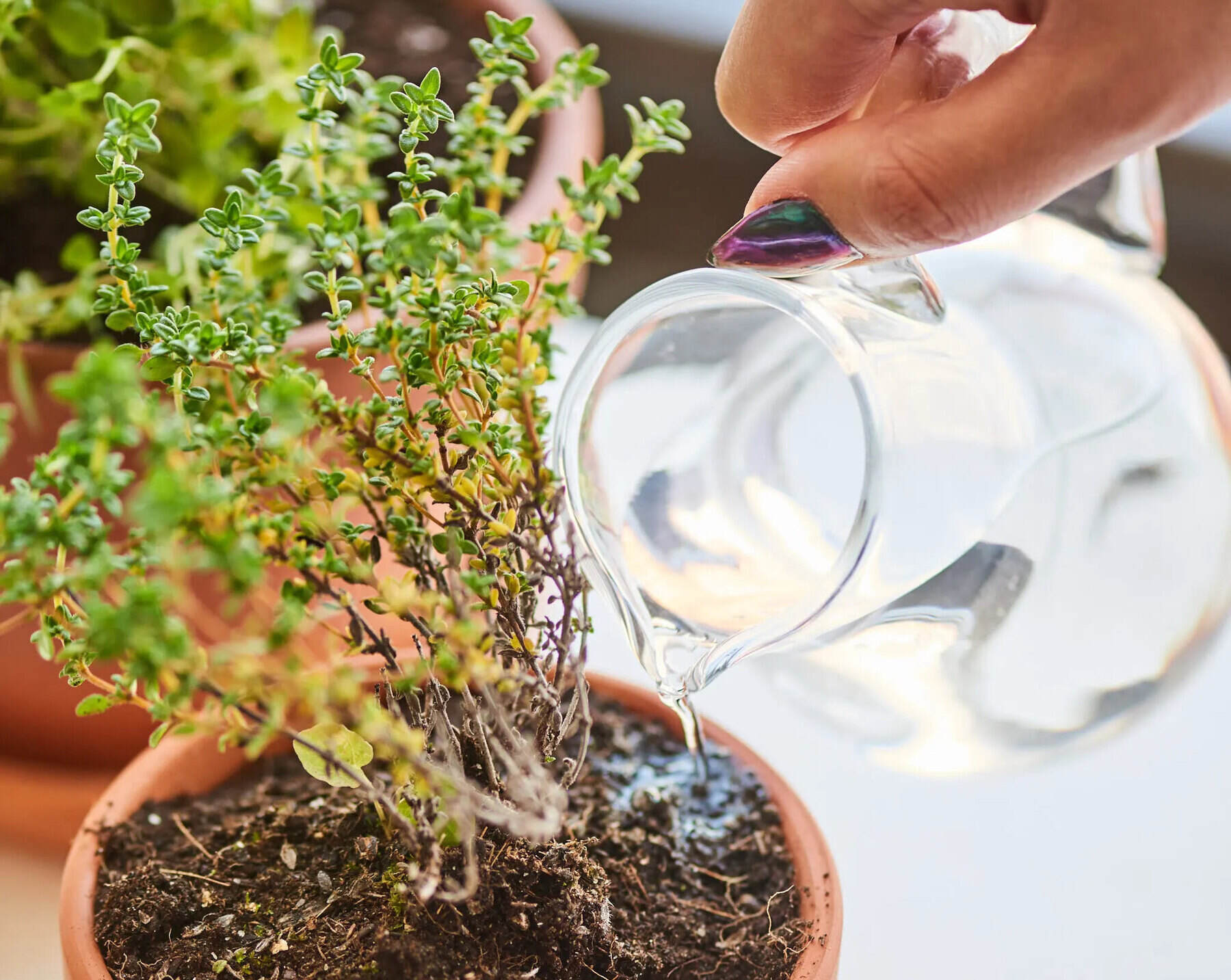





0 thoughts on “How Often To Wash Curtains”